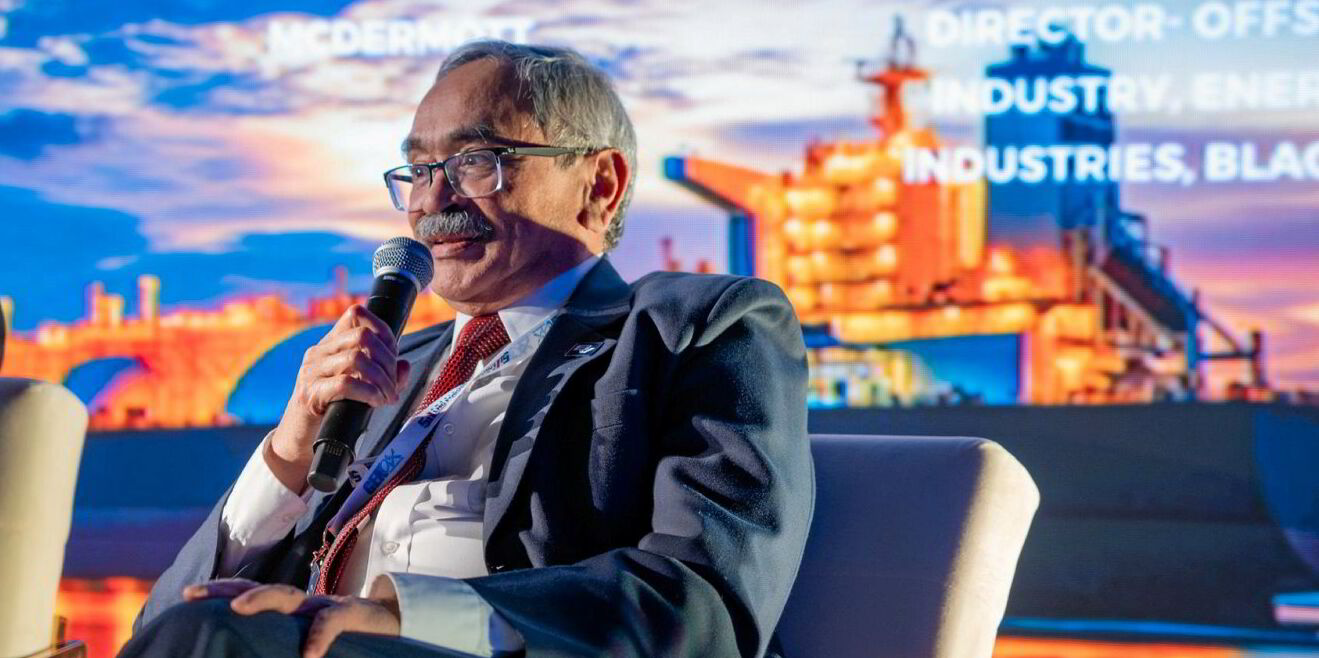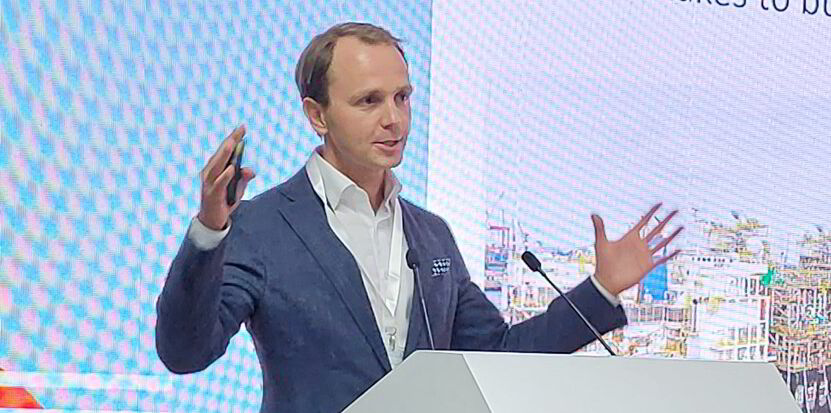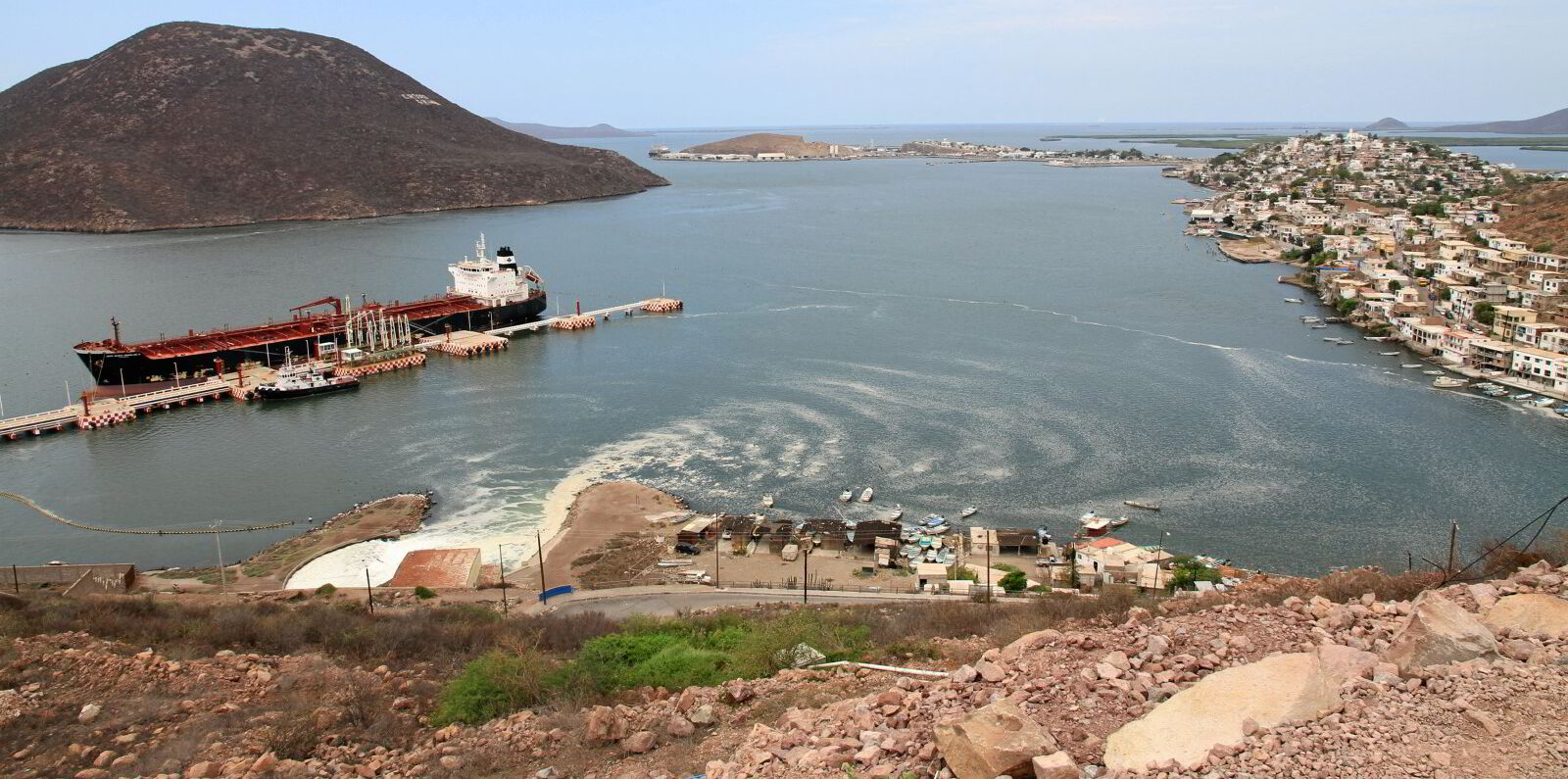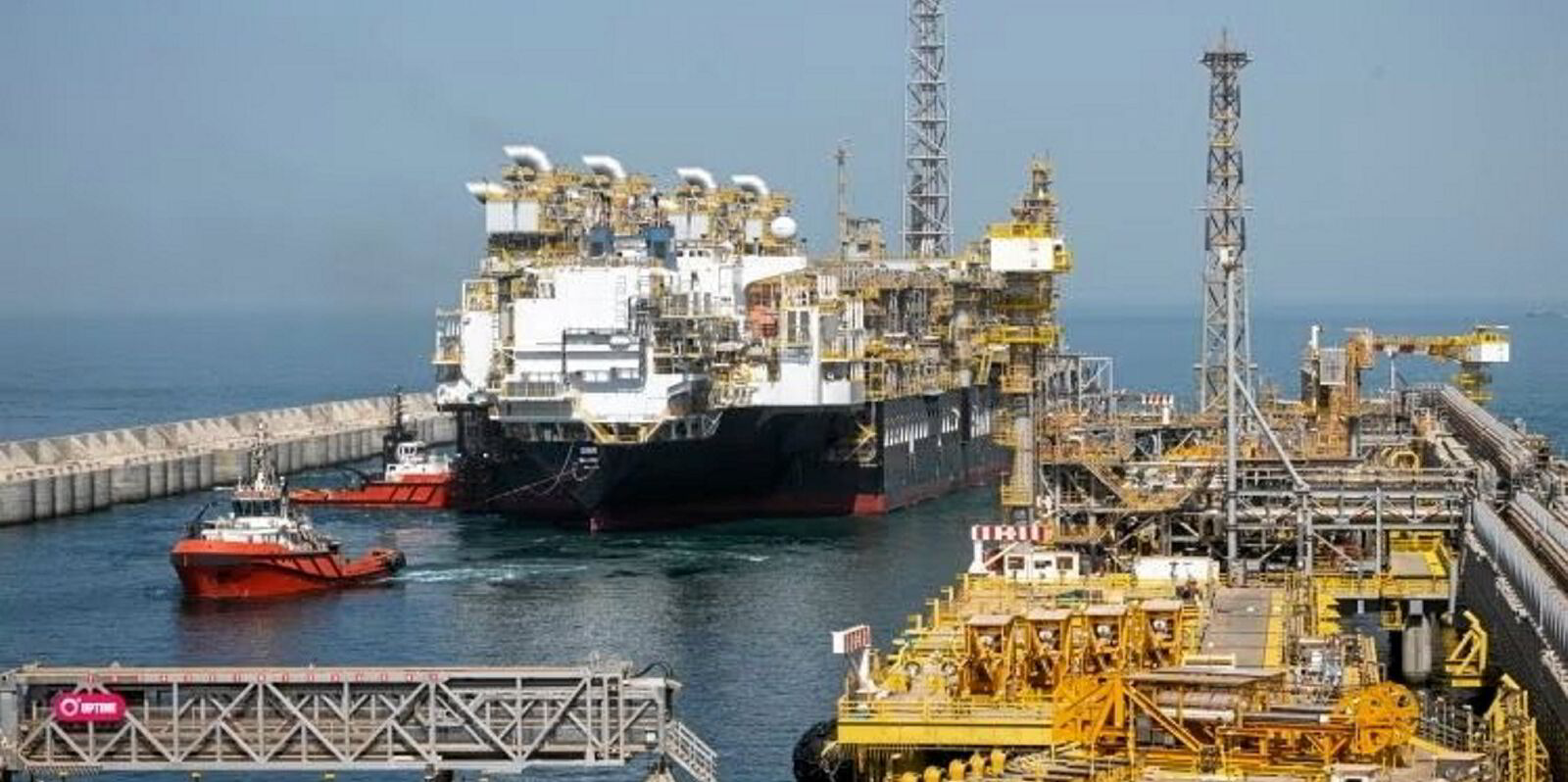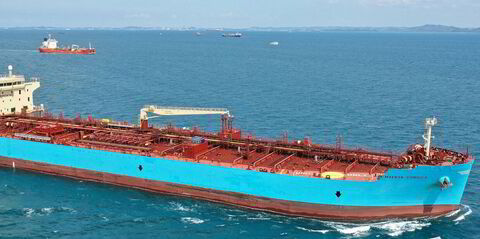Imagine working for 50 years but not being ready to stop yet because the sector you work in is just starting to get way too interesting.
Meet Javid Talib, Black & Veatch vice president and managing director for offshore and marine industry, fuels and natural resources — an experienced hand and stalwart of the relatively young floating LNG production sector.
Talib, 73, has been in at the start of the FLNG business, with B&V being instrumental in several key projects, including those for Golar LNG and Exmar, whose units are operational today.
But that was the start of the FLNG business, which is now gathering momentum.
Talib said that B&V sees a sharp rise in activity from 2028 that will push the amount of LNG produced from FLNG units to 52m tonnes per annum from around 17 floaters.
It is perhaps no wonder then that he still feels very engaged and wants to participate in this exciting next phase of development.
Born in a small town in India as the youngest of five, four of whom had gone to medical school, Talib revealed that it was a chance remark that decided his career. His father asked a neighbouring professor of physics: “What do I do with this guy?” To which the reply came: “You have too many doctors. You should have an engineer.”
Talib studied civil and structural engineering and management, and in the late 1970s, he joined a pioneering team that developed the Indian offshore industry.
He enjoyed the lifestyle and decided to stay in the offshore business, joining the then Hyundai Heavy Industries in the US to coordinate with Western consultants. A move to South Korea followed, with Talib one of the very few expats employed by the shipbuilder. He still reads and speaks some Korean, something he said is “still proving useful today for the Samsung boys”.
Talib joined B&V in 1989, following his physician wife back to Kansas City in the US and working for the company’s oil and gas offshoot Pritchard.
B&V developed liquefaction technology Prico in the 1970s for Algerian energy company Sonatrach. Talib was working on a job to build a small LNG peak-shaving plant in Alabama, and to help the client save money, he convinced him to double the size of the facility.
This was B&V’s first lumpsum engineering procurement and construction (EPC) project and the company used it as a pilot to show to global customers. “We made our money but more than that we made our name,” Talib said. “We put Black & Veatch back into the LNG space.”
B&V was largely focused on onshore plants and was scaling up its technology to handle midscale capacities of 2 mtpa to 3 mtpa while at the same time watching the industry move into FLNG — Shell with Prelude and what was then Flex with its newbuildings at Samsung Heavy Industries.
Prico is very compact, with a single mixed refrigerant, and has a small footprint — all good applications for FLNG where space is at a premium on floaters, Talib explained. So the company decided to dive into this emerging offshore LNG space.
Marinisation
The challenge then for all on FLNG was marinisation and how to take LNG into a moving offshore environment. But he said companies were able to learn from the floating production storage and offloading sector.
B&V initially worked with Excelerate Energy on an FLNG concept. The engineering company then teamed with Exmar on its barge-based FLNG unit — which today works as Tango FLNG.
Golar then opted to use Prico for its first LNG carrier-to-FLNG conversion concept — the Hilli Episeyo, which is currently based in Cameroon.
On this job, Talib said the question for non-shipping company B&V was whether it could fit its technology on an existing ship. Golar and B&V came up with the idea of building out the deck space with sponsons to accommodate the kit.
Talib said suddenly B&V had traction on FLNG.
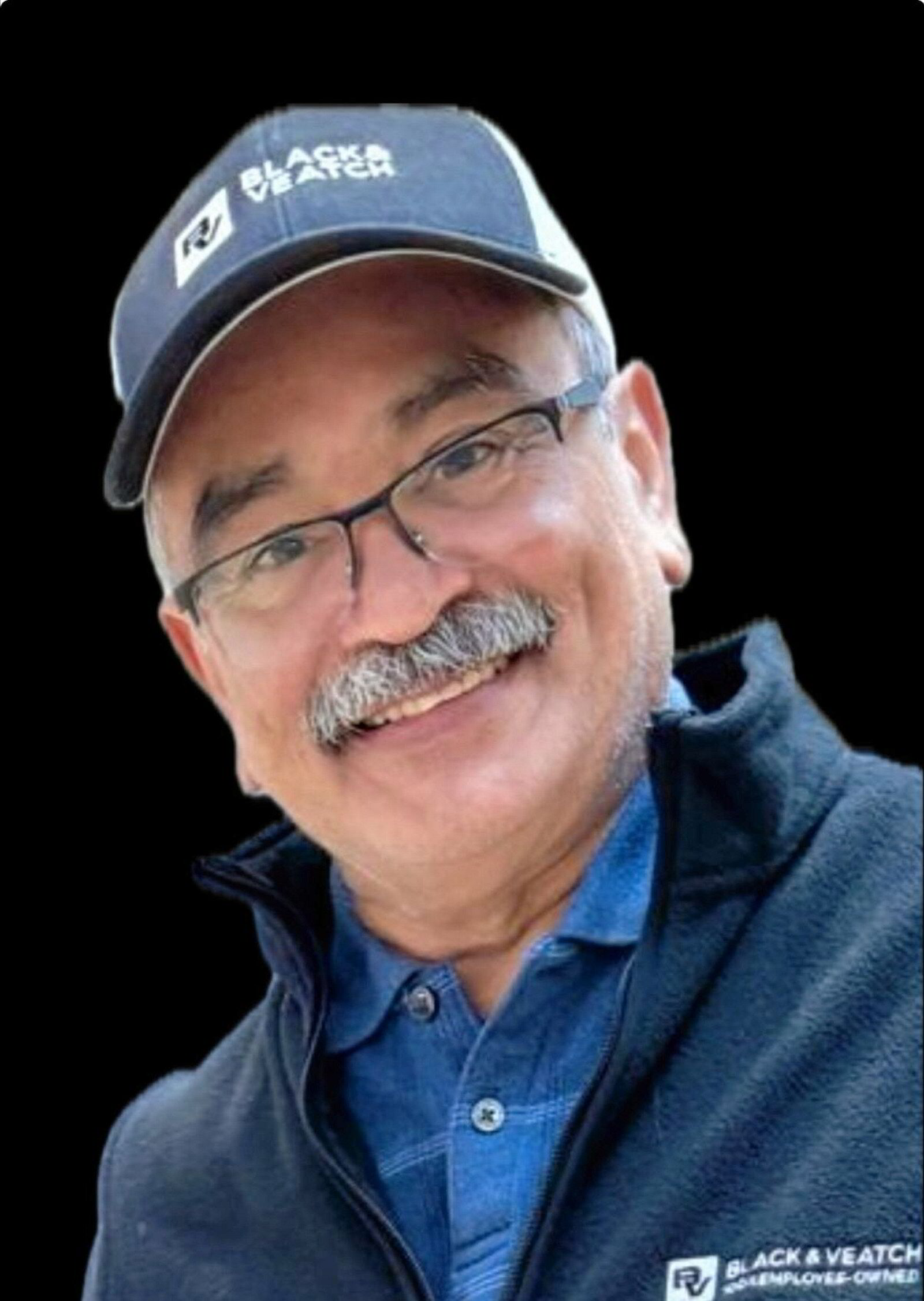
Was he nervous? “It was all new,” he said. “But we were confident of our technology. We had done 25 to 30 projects with its technology without any issues on performance.”
Keep it simple
Talib said for FLNG, where the structure is offshore, the simplest technology is usually the best and it is better not to chase the very last drop of LNG to take out from the gas.
“Efficiency was secondary,” he said. “It was simplicity and reliability of operations which became the cornerstone for FLNG.”
Shell’s FLNG unit, Prelude, is not simply FLNG; it is a large plant doing many things in an offshore environment, he explained, referring to the supersize, at times trouble-hit floater off Australia. “But the industry learned from Prelude that it doesn’t have to be complex. It has to be simple.
“It is not anymore a technological challenge for FLNG; it is how to put together a commercial structure so developers can get financing and offtakers for the LNG, and the EPC [engineering procurement and construction] solution,” he said.
“All the stars have to be aligned for an FLNG project to get going.”
Today, FLNG can act as a bridge between the early monetisation of gas reserves and the full development of a field, Talib said, and B&V sees many fields globally where the concept could help.
Today, three existing and two under-construction FLNG units globally are using Prico and he said that by 2026, 11 out of 22 of the world’s LNG floaters will use the liquefaction solution.
Talib said he has worked hard on developing the FLNG business, so it is equally “hard to walk away” when the sector is blooming.
He has three grandchildren aged under 10 to distract him and also enjoys vegetable gardening on his so-called “mini-farm”.
But he admits he is a little scared about hanging up his FLNG boots. “As long as I know I am contributing, I will work,” he said.
